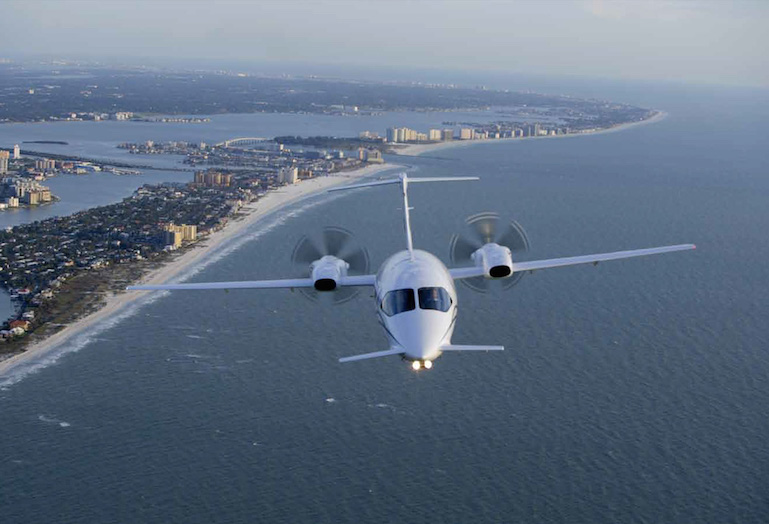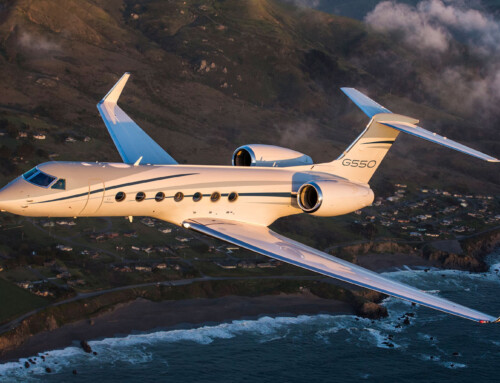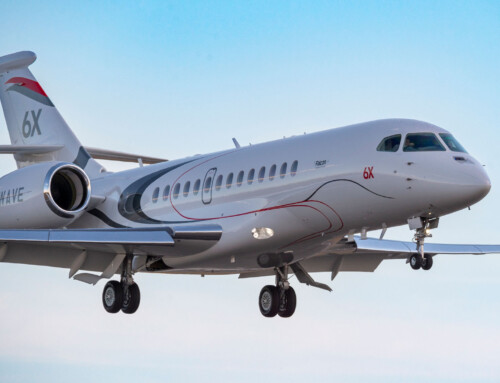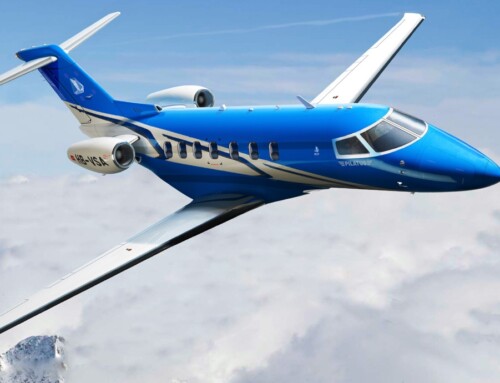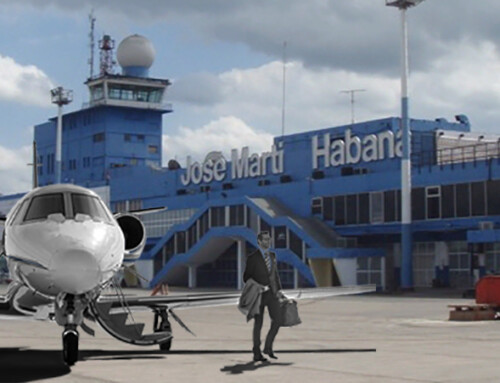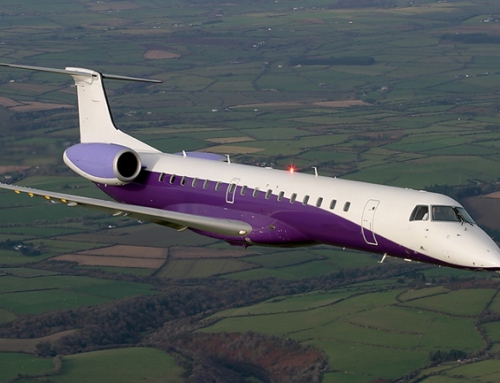Aircraft of the Week – Piaggio P180 Avanti
The Piaggio P180 Avanti is a unique aircraft, loved by many, ridiculed by others. Those who have seen the P180 Avanti in person have realized how beautiful of a turboprop it is, especially compared to other turboprops sharing its basic specifications. What makes the P180 Avanti so great? Firstly, the P180 Avanti has a small forward wing, in addition to a rear wing, generally, this type of forward wing has never been seen outside of supersonic aircraft (with some exceptions of course). The P180 Avanti’s forward wing is meant to compensate for how incredibly far back the main wing is, with the rear wing nearly reaching the tail section. It is hard to miss that the twin turboprop engines on the P180 Avanti are pointing backwards instead of forwards. These two turboprop engines are mounted behind the cabin, and instead of pulling air towards the rear, these engine push the air backwards.
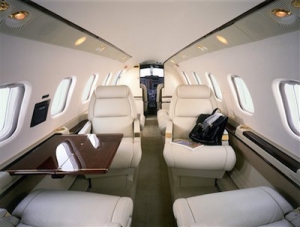 But why this unique configuration for this turboprop? The P180 Avanti has a cruise speed of 455 mph, something more comparable to a light jet than a turboprop. For example, the Cessna CJ1 cruises at 447 mph while offering a range of 1,300 nm, whereas the P180 Avanti has a longer range, approximately 1,500 nm. This is due to the unorthodox aircraft’s configuration of rear mounted rear pushing turboprop engines. This engine configuration not only helps fuel economy, but also cabin noise levels. The rear pushing engines are known to be loud, but only to the outside world, in the cabin, the noise is a manageable 68 dBA, quite a bit quieter than traditional turboprops. The fuel burn rate for the P180 Avanti is 3.1 km/kg compared to 2.7km/kg for other turboprops, and nearly 70% less fuel burn than a comparable light jet.
But why this unique configuration for this turboprop? The P180 Avanti has a cruise speed of 455 mph, something more comparable to a light jet than a turboprop. For example, the Cessna CJ1 cruises at 447 mph while offering a range of 1,300 nm, whereas the P180 Avanti has a longer range, approximately 1,500 nm. This is due to the unorthodox aircraft’s configuration of rear mounted rear pushing turboprop engines. This engine configuration not only helps fuel economy, but also cabin noise levels. The rear pushing engines are known to be loud, but only to the outside world, in the cabin, the noise is a manageable 68 dBA, quite a bit quieter than traditional turboprops. The fuel burn rate for the P180 Avanti is 3.1 km/kg compared to 2.7km/kg for other turboprops, and nearly 70% less fuel burn than a comparable light jet.
The P180 Avanti is very often compared to light jets due to having a quieter cabin than most turboprops, it’ ability to carry up to 9 passengers (or 8 with two pilots) over a range much more commonly made with a light jet. Even the cruise air speed, while low for some light jets, is still close enough to warrant the comparison. The interior cabin size is massive for a turboprop, with 5 ft 9 inches of cabin height and 6ft 1 inch of cabin width, normally, turboprops will never have anything remotely close to s standup cabin, nor offer enough space for two to sit comfortably side by side with space in between the passengers.
The gorgeous Italian interior at first glance, looks more like a light jet or mid sized jet than a turboprop. The cabin configuration has 6 large well placed windows per side, with a high curve allowing passengers to stand up in the center of the cabin (though the taller passengers may have to bend down). The overall configuration of the P180 makes it an oddball aircraft, but without a doubt worthy of the AOTW (Aircraft of the Week) mention. Some may call it ugly, or ridiculous even, but we find the P180 Avanti to be one of the most comfortable and dynamic turboprops we have ever seen.
With approximately 90 aircraft including the P180 Avanti and P180 Avanti II available worldwide, Aircharter can offer the P180 for charter at an estimated hourly rate of $2,700, pricey for a turboprop, but well worth the cost, considering the P180 can be faster, and more comfortable than quite a few comparable jets. Contact us today for any assistance planning or booking your next private charter trip, or use the book a trip tab on the right to get an instant web price for you choice of aircraft and destinations.

 Hawker-Beechcraft Hawker 400XP
Hawker-Beechcraft Hawker 400XP Cessna Citation V
Cessna Citation V Beechcraft Premier IA
Beechcraft Premier IA Beechcraft King Air 350
Beechcraft King Air 350



